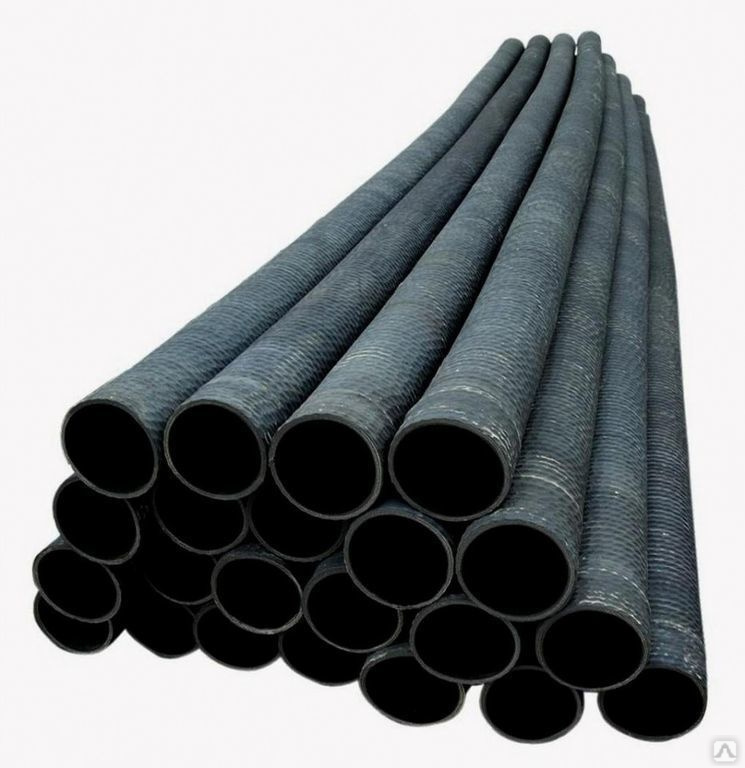RMA Handbook
Dimensional tolerances, or part tolerances, are acceptable variations in part size. These differences are caused by slight manufacturing variations and expressed as plus or minus (±) amounts in millimeters (mm) or inches (in). Precision parts such as aerospace components require tighter tolerances with less variation. Other types of components, such as consumer products, may allow for greater part-to-part differences.
The Rubber Handbook, a publication from the Association for Rubber Products Manufacturers (ARPM), provides part tolerances for molded and extruded rubber products. Often, this publication is called the RMA Handbook because the ARPM was originally known as the Rubber Manufacturers Association (RMA) before a name change to the U.S. Tire Manufacturers Association.
How to Use the RMA Handbook
VIP Rubber and Plastic uses the contents of the RMA Handbook contents to communicate with our customers in a standardized way. The Handbook contains separate chapters for molded and extruded parts, and each chapter contains numbered tables. These tolerance tables, as they’re known, contain allowable part tolerances. They also drawing designations that indicate the level of precision.
The RMA Handbook isn’t free to download, but VIP Rubber and Plastic can share some of its contents with you as we work together on your project. Because the drawings you send to us need to reference RMA information, you’ll find the most important tolerance tables listed below. If you’ve never worked with rubber products before, please note these tolerances are different than with metal products.
Molded Rubber Products
There are four ARPM drawing designations for the dimensional tolerances of molded rubber products
You’ll find these tolerances below so that you can add them to the part drawings that you send to us.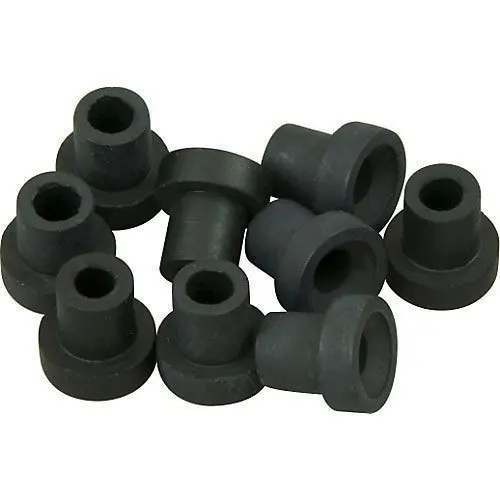
A1 – High Precision
| Size (mm) | Fixed | Closure | Size (inches) | Fixed | Closure | ||
| Over | Through | Over | Through | ||||
| 0 | 10 | ±0.10 | ±0.10 | 0.000 | 0.400 | ±0.004 | ±0.005 |
| 10 | 16 | 0.13 | 0.16 | 0.400 | 0.630 | 0.005 | 0.006 |
| 16 | 25 | 0.16 | 0.20 | 0.630 | 1.000 | 0.006 | 0.008 |
| 25 | 40 | 0.20 | 0.25 | 1.000 | 1.600 | 0.008 | 0.010 |
| 40 | 63 | 0.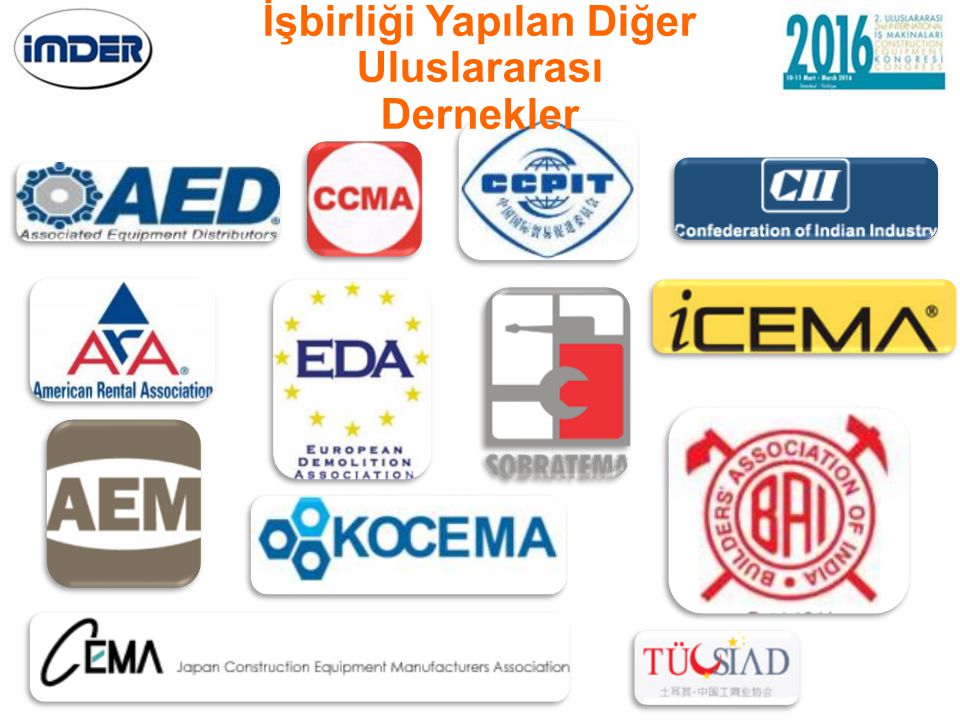 25
25 | 0.32 | 1.600 | 2.500 | 0.010 | 0.013 |
| 63 | 100 | 0.32 | 0.40 | 2.500 | 4.000 | 0.013 | 0.016 |
| 100 | 160 | 0.40 | 0.50 | 4.000 | 6.300 | 0.016 | 0.020 |
A2 – Precision
| Size (mm) | Fixed | Closure | Size (inches) | Fixed | Closure | ||
| Over | Through | Over | Through | ||||
| 0 | 10 | ±0.16 | ±0.10 | 0.000 | 0.400 | ±0.006 | ±0.008 |
| 10 | 16 | 0. 20 20 | 0.16 | 0.400 | 0.630 | 0.008 | 0.010 |
| 16 | 25 | 0.25 | 0.20 | 0.630 | 1.000 | 0.010 | 0.013 |
| 25 | 40 | 0.32 | 0.25 | 1.000 | 1.600 | 0.013 | 0.016 |
| 40 | 63 | 0.40 | 0.32 | 1.600 | 2.500 | 0.016 | 0.020 |
| 63 | 100 | 0.50 | 0.40 | 2.500 | 4.000 | 0.020 | 0.025 |
| 100 | 160 | 0.63 | 0.50 | 4.000 | 6.300 | 0.025 | 0.032 |
| 160 | & over multiply by | 0.004 | 0.005 | 6.300 | & over multiply by | 0.004 | 0.005 |
A3 – Commercial
| Size (mm) | Fixed | Closure | Size (inches) | Fixed | Closure | ||
| Over | Through | Over | Through | ||||
| 0 | 10 | ±0.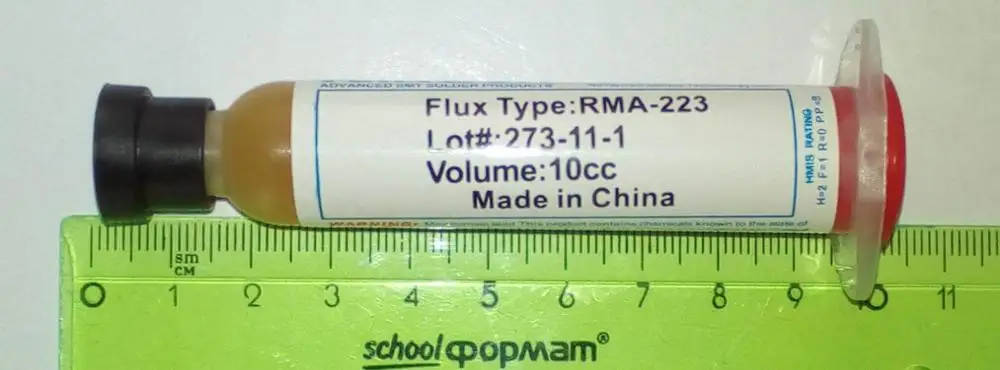 20 20 | ±0.32 | 0.000 | 0.400 | ±0.008 | ±0.013 |
| 10 | 16 | 0.25 | 0.40 | 0.400 | 0.630 | 0.010 | 0.016 |
| 16 | 25 | 0.32 | 0.50 | 0.630 | 1.000 | 0.013 | 0.020 |
| 25 | 40 | 0.40 | 0.63 | 1.000 | 1.600 | 0.016 | 0.025 |
| 40 | 63 | 0.50 | 0.80 | 1.600 | 2.500 | 0.020 | 0.032 |
| 63 | 100 | 0.63 | 1.00 | 2.500 | 4.000 | 0.025 | 0.040 |
| 100 | 160 | 0.80 | 1.25 | 4.000 | 6.300 | 0.032 | 0.050 |
| 160 | & over multiply by | 0.005 | 0.008 | 6.300 | & over multiply by | 0.005 | 0.008 |
A4 – Basic
| Size (mm) | Fixed | Closure | Size (inches) | Fixed | Closure | ||
| Over | Through | Over | Through | ||||
| 0 | 10 | ±0.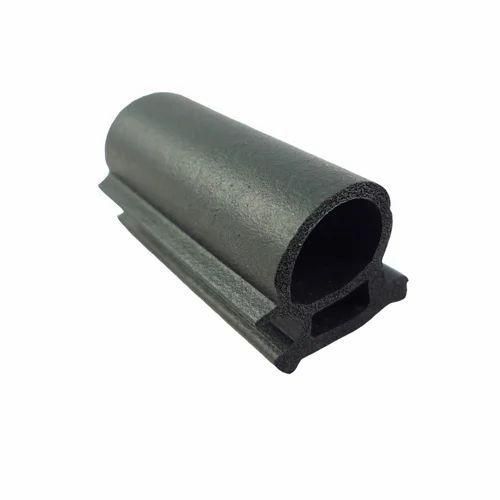 32 32 | ±0.80 | 0.000 | 0.400 | ±0.013 | ±0.032 |
| 10 | 16 | 0.40 | 0.90 | 0.400 | 0.630 | 0.016 | 0.036 |
| 16 | 25 | 0.50 | 1.00 | 0.630 | 1.000 | 0.020 | 0.040 |
| 25 | 40 | 0.63 | 1.12 | 1.000 | 1.600 | 0.025 | 0.045 |
| 40 | 63 | 0.80 | 1.25 | 1.600 | 2.500 | 0.032 | 0.050 |
| 63 | 100 | 1.00 | 1.40 | 2.500 | 4.000 | 0.040 | 0.056 |
| 100 | 160 | 1.25 | 1.60 | 4.000 | 6.300 | 0.050 | 0.063 |
| 160 | & over multiply by | 0.008 | 0.010 | 6.300 | & over multiply by | 0.008 | 0.010 |
Extruded Rubber Products
There are four ARPM drawing designations for the dimensional tolerances of extruded rubber products
You’ll find these tolerances below so that you can add them to the part drawings you send to us.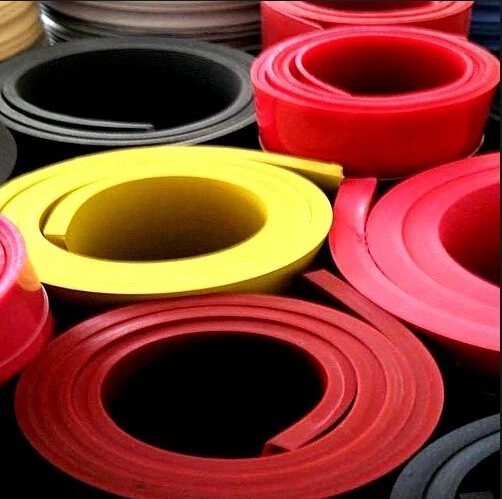
| APRM Class | High Precision | Precision | Commercial | |
| Drawing Designation | E1 | E2 | E3 | |
| Dimensions (millimeters) | ||||
| Over | Through | |||
| 0.0 | 1.5 | ±0.15 | ±0.25 | ±0.40 |
| 1.5 | 2.5 | 0.20 | 0.35 | 0.50 |
| 2.5 | 4.0 | 0.25 | 0.40 | 0.70 |
| 4.0 | 6.3 | 0.35 | 0.50 | 0.80 |
| 6.3 | 10.0 | 0.40 | 0.70 | 1.00 |
| 10.0 | 16.0 | 0.50 | 0.80 | 1.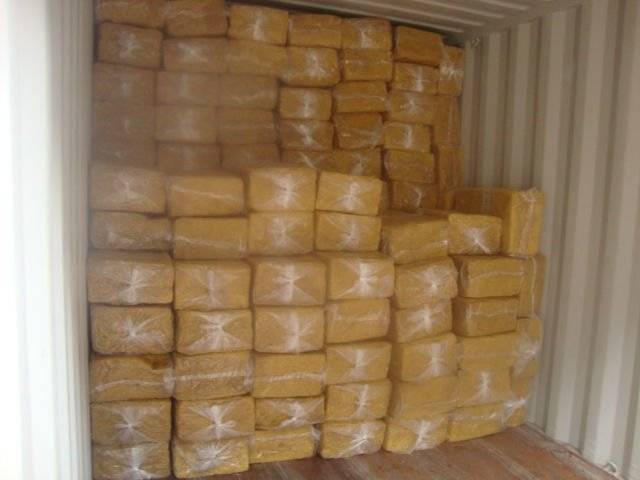 30 30 |
| 16.0 | 25.0 | 0.70 | 1.00 | 1.60 |
| 25.0 | 40.0 | 0.80 | 1.30 | 2.00 |
| 40.0 | 63.0 | 1.00 | 1.60 | 2.50 |
| 63.0 | 100.0 | 1.30 | 2.00 | 3.20 |
| APRM Class | High Precision | Precision | Commercial | |
| Drawing Designation | E1 | E2 | E3 | |
| Dimensions (inches) | ||||
| Over | Through | |||
| 0.000 | 0.060 | ±0.006 | ±0.010 | ±0.015 |
| 0.600 | 0.100 | 0.008 | 0. 014 014 | 0.020 |
| 0.100 | 0.160 | 0.010 | 0.016 | 0.027 |
| 0.160 | 0.250 | 0.014 | 0.020 | 0.031 |
| 0.250 | 0.390 | 0.016 | 0.027 | 0.039 |
| 0.390 | 0.630 | 0.020 | 0.031 | 0.051 |
| 0.630 | 0.980 | 0.027 | 0.039 | 0.063 |
| 0.980 | 1.570 | 0.031 | 0.051 | 0.079 |
| 1.570 | 2.480 | 0.039 | 0.063 | 0.098 |
| 2.480 | 3.940 | 0.051 | 0.079 | 0.126 |
These aren’t the only tables in the RMA Handbook – and there are additional chapters besides molded and extruded rubber products. There are also notes, explanations, and other information that product designers may need to consider, so contact us if you have questions about rubber manufacturing.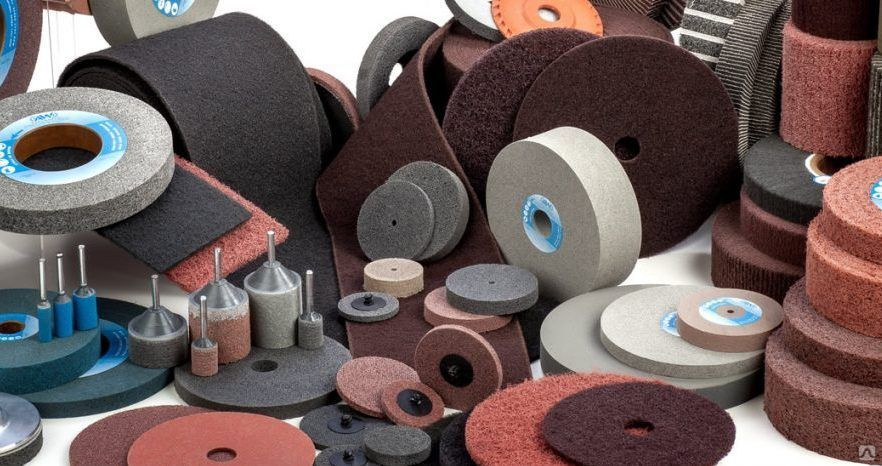 We work with a variety of rubber materials and all of our products are proudly Made in the USA.
We work with a variety of rubber materials and all of our products are proudly Made in the USA.
New economic data reveals that the U.S. tire industry is responsible for 700,000+ U.S. jobs
WASHINGTON, D.C., May 23, 2017 – The Rubber Manufacturers Association, the national trade association for tire manufacturers that produce tires in the U.S., announced today a relaunch under the new banner of the U.S. Tire Manufacturers Association (USTMA). In addition to the new banner, USTMA unveiled its newly designed and rebranded website, www. USTires.org, and released new economic impact figures detailing the industry’s impact on job creation and the U.S. economy overall.
USTires.org, and released new economic impact figures detailing the industry’s impact on job creation and the U.S. economy overall.
As the USTMA, the U.S. tire manufacturing industry will continue its significant contribution to the U.S. economy, job creation and engineering safe, sustainable tires.
“Our mobile society depends on tires – from the safety of our families on the road to the tire industry’s significant contribution to our nation’s economy. As part of our continued commitment to share the important role the tire industry plays in our country, we are excited to announce our relaunch as the U.S. Tire Manufacturers Association,” said Anne Forristall Luke, USTMA president and CEO. “Our member companies are constantly in pursuit of making safer and more sustainable tires through technology and innovation. We believe it is important to carry a name that truly captures this mission.”
In addition to tire safety and sustainability, the U.S. tire manufacturing industry also bolsters the U.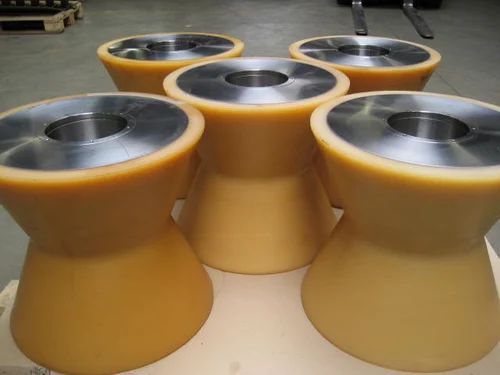 S. economy with well-paying jobs and economic output that ripples across the economy and helps sustain communities.
S. economy with well-paying jobs and economic output that ripples across the economy and helps sustain communities.
Highlights from the recently completed economic impact study of the U.S. Tire Industry include:
With many scientists and engineers at work developing tomorrow’s tires, USTMA’s members unlock the value of a mobile society by producing advanced, high-quality tires that make driving easier, safer, smarter and more sustainable. USTMA, as the voice of the tire manufacturing industry and its members, works to drive a safer, more sustainable future.
###
About U.S. Tire Manufacturers Association: The U.S. Tire Manufacturers Association is the national trade association for tire manufacturers that produce tires in the U.S. For more information visit www.USTires.org and follow us on Twitter @USTireAssoc.
Old tires have been blacklisted by environmentalists for decades: they accumulate in landfills, start dangerous toxic fires, harbor harmful insects, or are burned for fuel. Scientists are trying to find new ways to get rid of this problem, including by creating new types of fast-degrading synthetic rubber, which, when the finished product is no longer used, would break down into chemical building blocks for reuse in the manufacture of tires and other products.
The results of developments in this direction were presented at a recent meeting of the American Chemical Society (ACS).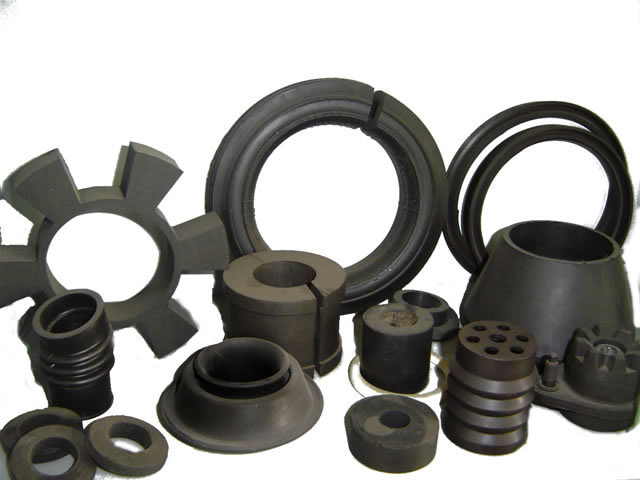
"The main idea behind the project was to take a by-product from the petrochemical industry and turn it into recyclable chemicals for tires and other applications," said project partner Robert Tuba.
According to the American Tire and Rubber Association RMA, in 2013 the number of used tires in the US was about 270 million, more than one tire for every adult living in the country. Thousands of tires ended up in landfills, and because they don't biodegrade, they pose a potential environmental hazard. More than half of all old tires are used as fuel for various factories, but environmentalists believe that this leads to the release of harmful substances into the air. The only rational solution is to create degradable rubber.
Since 2012, a team of researchers led by Hassan S. Bazzi has been working on a solution to the problem based on TAMU-Qatar. They started with a material called cyclopentene. Cyclopentene and its precursor cyclopentadiene are low-value main waste components, which remain in large quantities after petrochemical processing.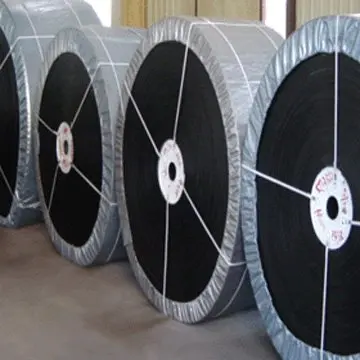 Together with their colleagues from the California Institute of Technology, TAMU-Qatar scientists are conducting experiments to create a catalyst that can bind cyclopentene molecules to produce polypentenamers that are similar in properties to natural rubber.
Together with their colleagues from the California Institute of Technology, TAMU-Qatar scientists are conducting experiments to create a catalyst that can bind cyclopentene molecules to produce polypentenamers that are similar in properties to natural rubber.
Today, butadiene is used as the base material in the production of synthetic rubber, but its cost has increased markedly in recent years, which opened the door to alternative options, one of which was cyclopentene. Calculations have shown that it is possible to ensure the polymerization and decomposition of cyclopentene at relatively low energy and financial costs.
“We conducted theoretical studies to evaluate the feasibility of synthesizing and reusing materials based on polypentenamers,” said one of the project participants Antisar Hlil. “Then we conducted a series of experiments that proved that our concept works.”
Work is under way to analyze blends of synthetic rubber with other tire components, including metals and fillers.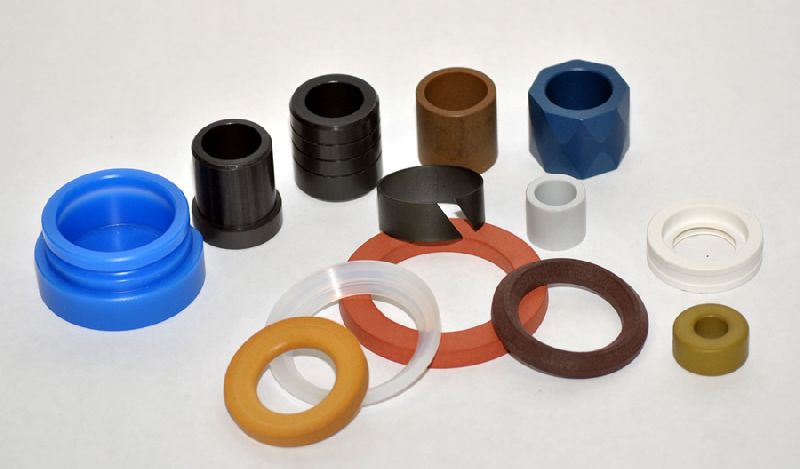 The researchers are also investigating whether tire manufacturers will be able to use their technology in mass production.
The researchers are also investigating whether tire manufacturers will be able to use their technology in mass production.
“If the data we get is promising – which we believe it is – then our industry partner will continue this project and bring new materials to market,” said Robert Tuba.
Summer is the time for vacations and long-awaited trips. Even if you take into account how the price of gasoline is constantly rising, it is still very difficult to resist the temptation to ride through the vast expanses of Russia. And if you decide, prepare your car for a long journey. Moreover, it is the safety of your family and savings on gas stations. You will not be distracted from the road in worries about where to pump up, where to twist, where to change. The heat is not so easily tolerated by cars. Leaks in the radiator, cracked pipes, dirty filters and flat tires - only increase fuel consumption, and even worse, lead to breakdown.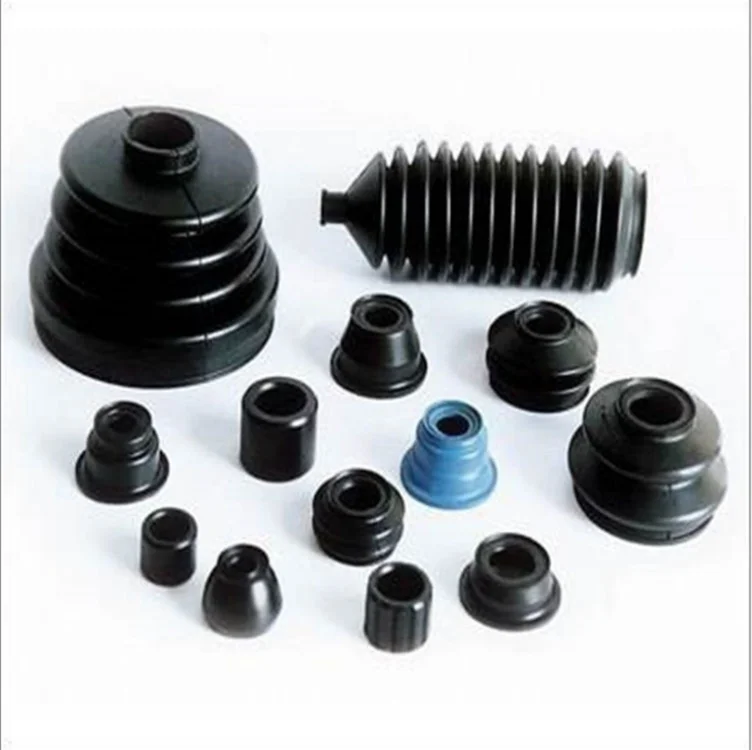
It has been proven that motorists pay little attention to tires. The Rubber Manufacturers Association (RMA) estimates that only 1 in 10 drivers check their tire pressure when 7 out of 10 wash their car regularly. And few people think that over-inflated or under-inflated tires can cause an accident, especially in the heat.
When the temperature rises, the tire pressure changes by 14 kPa (0.07 - 0.14 bar). We recommend that you look into the instructions and see the recommended value and measure the pressure with a pressure gauge, or rather, drive the car to a service center for verification.
When there is not enough pressure, the edges of the tire bulge out, increasing the load on the sidewalls. In hot weather, such a tire may explode. Over inflated reduces contact with the road, which leads to hydroplaning.
How worn out the tire is is checked with a coin of 2 rubles. It must be inserted into the protector so that the eagle's head is at the bottom. If the top of the bird is not visible above the surface of the tire, then the service life has not ended. And don't forget the spare! Just do not carry a spare tire with you if its condition is worse than the working four. Make sure it is not worn out and is sufficiently inflated.
If the top of the bird is not visible above the surface of the tire, then the service life has not ended. And don't forget the spare! Just do not carry a spare tire with you if its condition is worse than the working four. Make sure it is not worn out and is sufficiently inflated.
Start the car and after 3-5 minutes, stop the engine. Open the hood and pull out the dipstick. Now you need to make sure that there is enough oil in the engine or what color it is. When the level is low, just add oil. If it is black, then there is a lot of dirt in it, the verdict is an oil change.
The most important thing in summer is not to overheat the engine. Damage to the pipes that come from the radiator and supply coolant to and from the engine will cause the radiator to overheat quickly and cause the engine to stall. Therefore, before going on a trip, check the reliability of fastening of the nozzles, if necessary, replace them in the service.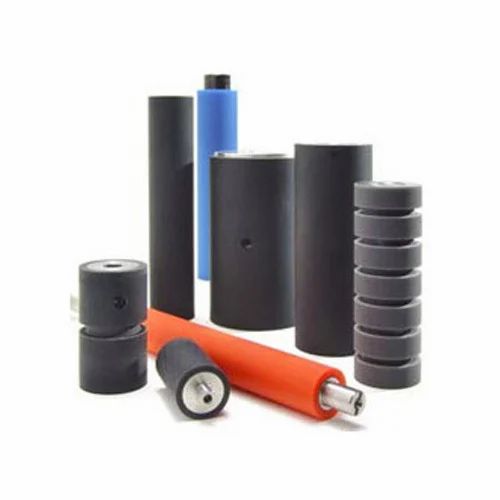
Also check the belts for possible damage. If necessary, remove the belt and see if it has begun to delaminate. If yes, a replacement.
The temperature in the running engine is quite high, but there are limitations. An internal combustion engine reaches its maximum efficiency at 95 degrees Celsius. But if overheating occurs, the metal parts will melt and this will lead to serious malfunctions, and then an overhaul of the engine. Therefore, a properly adjusted cooling system will allow the car to withstand traffic jams and other loads. After opening the hood, make sure that there is a sufficient level of liquid in the barrel and top up if necessary.
Brakes are an important part of a car's safety. Don't put your family in danger. A worn brake system is unpredictable and ineffective in the event of an emergency. Contact the nearest car service center for diagnostics or repair of the brake system if:
The importance of the problem of filling the air conditioner can only be understood after the experienced feelings when it turned off in the heat.